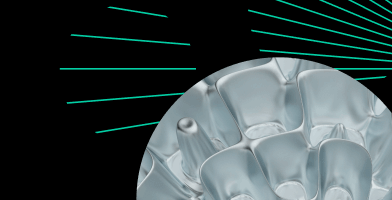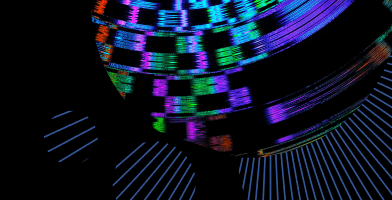
Redis vs Kafka: Choosing the right tool for your data architecture
In the realm of data processing and messaging systems, Apache Kafka and Redis stand out as two powerful in-memory data store technologies with distinct architectures and capabilities. Apache Kafka is renowned for its high-throughput distributed messaging system, while Redis is celebrated for its in-memory database and rapid data access. This article aims to thoroughly compare Redis vs Kafka, dissecting their intricate details from core architectures to performance metrics, and highlighting their ideal use cases.
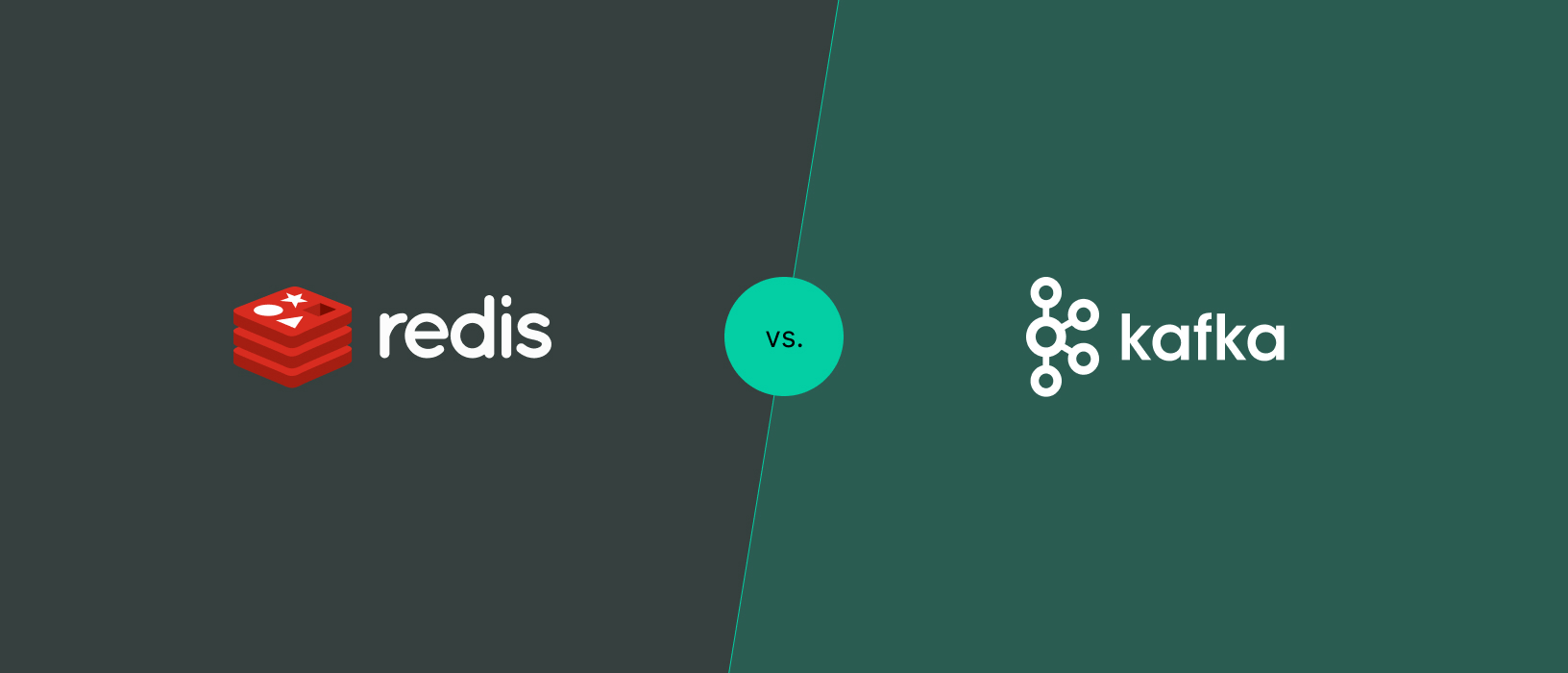
In this article, we’ll talk about:
- Detailed overview of Kafka
- Detailed overview of Redis
- Comparison of Kafka vs Redis Pub/Sub
- Key architectural differences between Kafka and Redis
- Performance and scalability comparison
- Ideal use cases and recommendations
- Integrations and external connectivity
- Simplify Kafka management with DoubleCloud
- Conclusion and summary
Detailed overview of Kafka
Apache Kafka is a distributed event streaming platform created by LinkedIn. It is capable of handling trillions of log aggregation events a day. At its core, Kafka’s distributed fault-tolerant system architecture is built around topics and partitions that function like commit logs; this enables scalability through parallelism across multiple nodes. Kafka supports multiple producers publishing messages to topics and multiple consumers subscribing to topics in consumer groups to receive messages and data from topics through a pull-based delivery model that helps prevent overwhelming consumers. Kafka ensures data persistence by replicating and storing all messages on disk. Key capabilities provided by Kafka’s architecture include:
-
High throughput capability for publishing and subscribing to streams of records.
-
Persistent event sourcing by storing streams of records durably on disk.
-
Horizontal scalability by distributing load across clusters.
-
Support for parallelism via multiple producers, consumer groups, and consumers.
-
Fault tolerance through data replication across nodes.
Kafka delivers these capabilities through its core concepts:
Topics and partitions
-
Topic-categorized feeds for messages, such as tike tables in databases.
-
Topics split into partitions for storage across brokers.
-
Partitions that allow parallelism by spreading load across nodes.
Producers and consumers
-
Producer client applications write messages by publishing to one or more Kafka topics.
-
Consumer client applications read messages by subscribing to topics.
-
Consumers pull messages using consumer groups for parallel processing.
Brokers and clusters
-
Brokers are Kafka cluster nodes that manage message data.
-
Brokers provide redundancy and coordination through Kafka’s distributed system architecture.
-
Kafka Connect integrates other data systems by automatically restarting failed connector tasks.
Message retention
-
Disk-based message retention governed by configurable retention policies.
-
Retention policies manage overall storage and how long messages persist.
Kafka’s robust, fault tolerant and distributed design makes it an excellent choice for critical large-scale use cases, such as:
-
Log aggregation: Centralized collection of log data from multiple sources and applications.
-
Stream processing: Continuous and real-time processing of high volumes of data in motion.
-
Event sourcing: Capture and rebuild state by replaying historical events or changes.
-
Messaging: Scalable pipelines for data integration or communication between systems.
-
Activity tracking: Monitor user actions and usage metrics for analytics.
Detailed overview of Redis
Redis, which stands for Remote Dictionary Server, is an open-source in-memory data store that supports various data structures like strings, hashes, lists, sets and sorted sets with range queries. It functions as a fast in-memory database, cache layer, and message broker. Redis uses a pub/sub messaging system to facilitate real-time data processing. It allows clients to subscribe to channels in order to receive messages published to those channels, rather than requiring consumers to pull messages.
Redis excels in scenarios demanding low latency, faster access to data and high performance for smaller, transient datasets, such as:
-
Cache for session data
-
Full page cache
-
Leaderboards and counting
-
Transient messaging
-
Real-time analytics requiring fast aggregations
However, Redis’ RAM-centric in-memory nature means the data only resides in primary memory. Data persistence in Redis must be configured explicitly via point-in-time snapshots or append-only file logging.
Comparison of Kafka vs Redis Pub/Sub
A core distinction between Kafka and Redis lies in their contrasting message delivery models and mechanisms:
Kafka Pub/Sub
-
Broker-based message delivery system.
-
Messages are not pushed directly, consumers pull via consumer groups.
-
Kafka brokers manage message distribution internally.
-
Multiple consumer groups are supported for parallel consumption.
-
Can handle large message throughput and volumes.
-
More complex, supports message ordering guarantees.
Redis Pub/Sub
-
Node-based message delivery handled by the Redis server itself.
-
Uses push-based delivery, subscribers get messages in real time.
-
Significantly lower throughput capacity.
-
Better suited for small, urgent messages to a single consumer.
-
Simple publish-subscribe model with best-effort ordering.
Key architectural differences between Kafka and Redis
|
Basis |
Kafka |
Redis |
|
Origins |
Created by LinkedIn for event streaming, and later open-sourced. |
Developed by Salvatore Sanfilippo as a fast in-memory data store. |
|
Core Architecture |
Distributed across fault-tolerant clusters running brokers that manage messaging and storage. |
Single-threaded in-memory data structure server. |
|
Message Delivery Model |
Pull-based delivery via consumer groups polling brokers. Gives consumers control to prevent being overwhelmed. |
Push-based sending messages to subscribers immediately on publish. |
|
Parallelism |
Designed for parallelism across brokers, topics, partitions, and consumer groups. Enables scaling to high throughputs. |
Single-threaded, lacks native scaling capabilities beyond single-node server specs. |
|
Persistence Durability |
Disk-based storage enables high durability. All events persisted by brokers are based on retention policies. |
Not durable or persistent by default without using Redis snapshotting or append-only file logging. Runs in RAM. |
|
Speed |
Higher latency from disk but throughput is optimized with parallelism. |
Very low microsecond latency as all operations run in memory. |
|
Supported Data Volumes |
Scales to virtually unlimited data through disk-based distributed architecture without memory constraints. |
Limited by the size of Redis server memory allocation. Scales up with more RAM per node. |
In summary, Apache Kafka is optimized for scaling to extremely high throughputs, volumes and durable retention of large event streams whereas Redis emphasizes blazing fast in-memory speed for smaller transient data needing low millisecond response times.
Performance and scalability comparison
Kafka
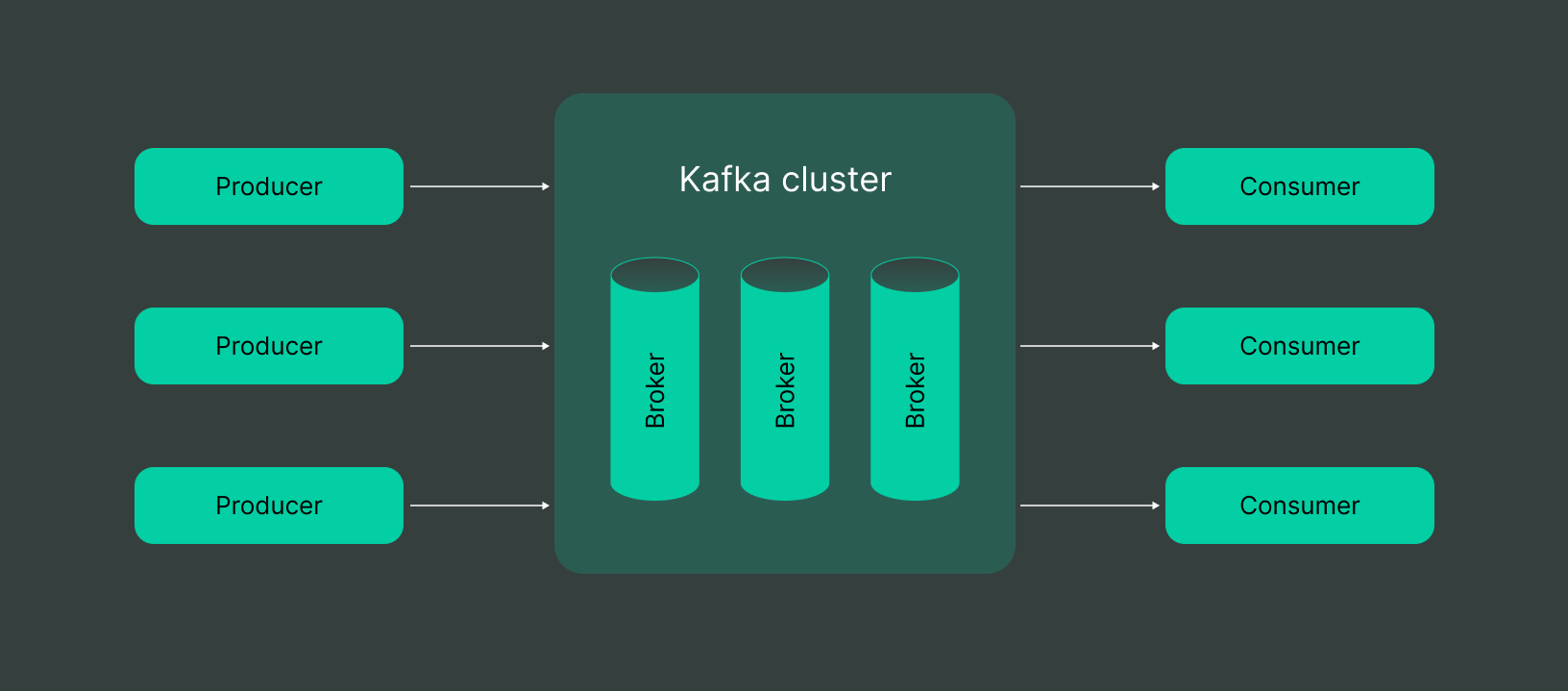
Throughput: Kafka employs a disk-based approach that trades latency for throughput focused on volume, optimized to deliver sustained 1+ million messages per second. It scales throughput by adding more brokers, topics and partitions, and consumer groups to scale throughput.
Fault Tolerance: Kafka persists all messages to disk replicated across brokers to maintain high availability despite machine failures. Consumers transparently handle broker restarts or crashes and Kafka leverages Zookeeper for automatic failover handling to achieve fault tolerance.
Redis
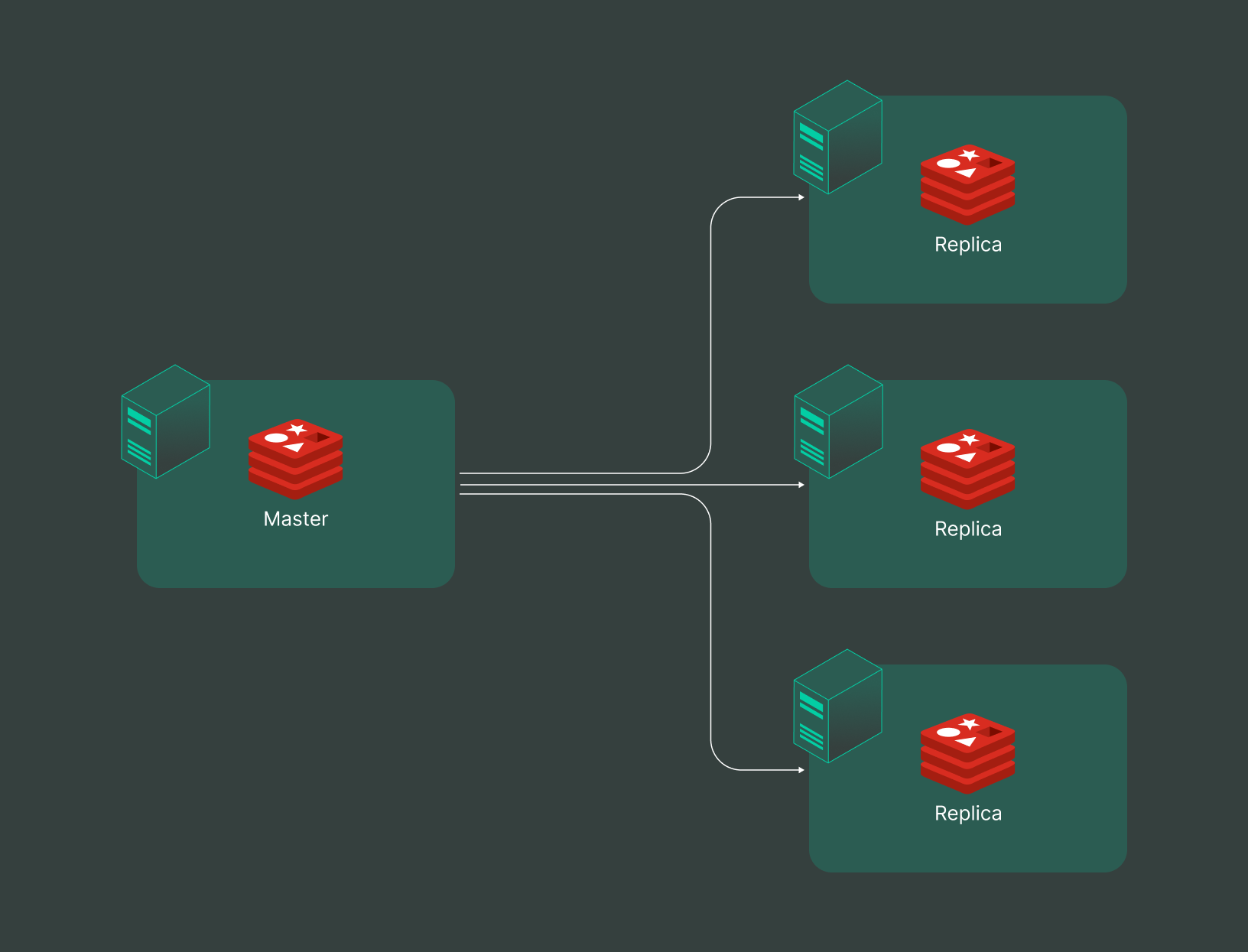
Speed: Redis offers an in-memory architecture with microsecond latency, simple ops are capable of exceeding 100k queries per second, but constraints prevent massive horizontal scaling.
Redis loses data upon instance shutdowns without persistence enabled. Its pub/sub channel caps at 6k messages per second and overall throughput remains constrained by available resources.
Both Kafka and Redis usage should actively monitor and test such components as connectors and clients to prevent issues like duplicate messages or data loss scenarios from undiscarded messages.
Ideal use cases and recommendations
When to prefer Kafka:
-
You need a durable and fault tolerant messaging system.
-
Your application demands extremely high throughput capacity.
-
You are going to stream, route, and process big data.
-
You are building large scale real-time data pipelines.
-
Your data analytics requires long term retention.
When Redis is a better option:
-
You need very fast access below 10-millisecond latency.
-
You need to cache relatively small and static datasets.
-
You use transient data without persistence needs.
-
You opt for temporary messaging for smaller payloads.
Integrations and external connectivity
Kafka integrations
-
The Apache Kafka Connect framework simplifies integrating other data systems.
-
KSQL for stream processing applications against Kafka data.
-
Spark, Flink, etc. enable building analytics and machine learning pipelines leveraging Kafka streams.
Redis integrations
-
Redis used to complement RDBMSs with high-speed query caching.
-
Such tools as Double.Cloud, Fluentd, and Logz.io integrate Redis with analytics pipelines.
Simplify Kafka management with DoubleCloud
Apache Kafka brings immense value for real-time data streaming, but it does come with management complexities. DoubleCloud provides a fully managed Kafka service to handle tedious cluster administration tasks so you can focus on unlocking value from data.
With DoubleCloud, you get Kafka clusters deployed on your cloud account with automatic scaling, failure recovery, and security configurations. This ensures high availability and durability without any effort on your part. You also get intuitive dashboards for monitoring and analytics.
Moreover, DoubleCloud enables streamlined integration of Kafka with other technologies like ClickHouse for real-time analytics at scale. This powers advanced use cases with minimal hassle.
Get started with a free trial of DoubleCloud’s managed Apache Kafka service now.
Conclusion and summary
The choice between Apache Kafka and Redis comes down to the architectural needs around persistence, throughput, and scale versus pure speed for ephemeral in-memory usage. Kafka’s distributed and disk-based architecture offers unrivaled scale, retention, and reliability for stream processing huge volumes of activity tracking event data or log aggregation flows. Redis makes sense for low millisecond latency access and temporary messaging for smaller transient datasets. Understanding their contrasting capabilities allows architecting optimal data pipelines.

Managed Service for Apache Kafka
Fully managed, secure, and highly available service for distributed delivery, storage, and real-time data processing.
Frequently asked questions (FAQ)
Can Redis read from Kafka?
Can Redis read from Kafka?
Yes, Redis can integrate with Kafka via Kafka connectors to read data from Kafka topics.
Why is Kafka better than a database?
Why is Kafka better than a database?
What is better than Redis?
What is better than Redis?
Can Redis be used as a message queue?
Can Redis be used as a message queue?
What are the benefits of Redis streams?
What are the benefits of Redis streams?
What is a Redis stream?
What is a Redis stream?
Is Redis better than Kafka?
Is Redis better than Kafka?
What is the difference between Redis streams and Pubsub?
What is the difference between Redis streams and Pubsub?
Get started with DoubleCloud


